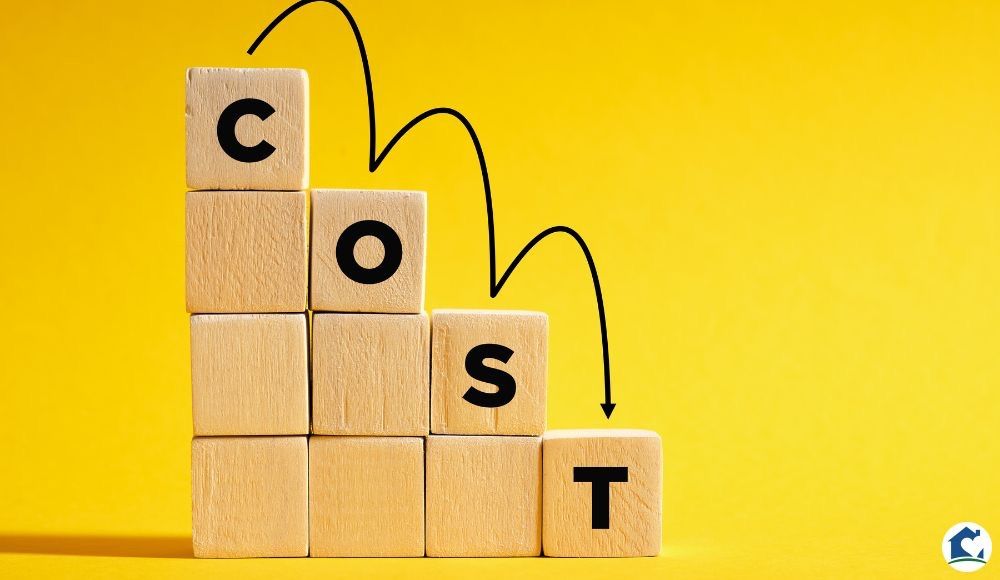Medicare vs Medicaid - What's the Difference?
When navigating the confusing landscape of healthcare, it is easy to mix up Medicare and Medicaid especially since they share similar names. Medicare and Medicaid are similar in that they both aim to make healthcare accessible and affordable for American citizens. Both programs were founded by the United States government in 1965 and are funded by taxpayers.
The main difference is who may receive benefits from each program. Medicare recipients must be over the age of 65 or have another underlying disability that will qualify them to receive benefits. Medicaid, on the other hand, targets low-income individuals and families to receive funding. Seniors over the age of 65 may be eligible for Medicaid, but are always eligible for Medicare.
Here are some other key differences between the two programs:
Medicare
- Sponsored by the federal government
- Coverage does not depend on your earnings - all citizens 65+ are eligible
- Contains 4 Parts with varying levels of coverage and premiums
- Often used to cover doctor’s visits, prescription drugs and hospital stays
Medicaid
- Is funded by both the state and federal government
- Every state has different rules and coverage options
- Coverage depends on your income and total available assets
- May be used for nursing home care or home care, depending on the state.
- In Pennsylvania, you may be eligible to use Medicaid funds to cover expenses related to home health care, allowing you or your loved one to retain independence for as long as possible. Check out our guide for receiving a PA Medicaid Waiver to help cover the cost of your care.












